I’ve got two theories.
A documentation about writing the ultimate heist novel. Get the full series here: charleskunken.com/hollywoodheistbacklot
Image: Gramercy Pictures
from: https://collider.com/usual-suspects-ending-still-holds-up/
If you've ever seen a movie that blew your mind then I'm sure you've also asked this question.
While we jam away on the ole' 'Hollywood Heist' I'm trying to get to the bottom of it.
As far as progress goes - we've officially crossed the threshold into Act II now, what might be called the 'Fun & Games' portion of the story. If you're familiar with Blake Snyder's 'Save The Cat' screenwriting methodology, that's what he would call it. https://savethecat.com/
What does Snyder mean by the 'Fun & Games'?
They’re the exact reason we go to see a specific movie or pick up the book. It's stuff that would be in the movie trailer.
One of my favorite authors, Steven Pressfield (the War of Art guy) describes the Fun & Games as: What boring parts would she page through to get to the “good parts?”
According to Snyder this plot point typically occur as we get into the beginning of Act II - say approximately 25% - and might last for the first half of Act II (to the 50% mark) or all the way through up to Act III (75%).
In Ocean's 11, this is the part where the crew begins sneaking around the Bellagio planting surveillance, tracking Terry Benedict, building the 'practice vault', etc. You know, the fun and games part. The part you really want to see...
Image: Warner Bros. Pictures
From: imdb.com
I've always been impressed with great stories that weave all this fun stuff together into a complex and satisfying ending - which is basically the bread and butter of the heist as a genre.
So it all comes back to the time honored question we always wonder of the greats - how the heck did they think of that? I have a theory. Two, actually.
The first is, I don't think you always start with knowing the cool twist at the end. I think you can start with the status quo, make something funky happen and then iterate on the most interesting ways to get out of it (or into it).
For example, let's say you got a guy just sitting in a meeting at work and he's bored.
Ok, he's sitting there and he was really bored. That sounds familiar. So he excuses himself to go to the bathroom. He wants to go home but he can't. Why? Let's see, what's blocking him. How about the exit runs right past the window of the conference room. So, what could be an extreme way to get out of this, what if he notices the bathroom window was left unlocked by the cleaning crew. Let's say he peers out and notices that ten feet away is a drain pipe that runs up to the roof. So he crawls out the window, shimmies along the ledge with his back to the wall, and then climbs up the drain pipe to the roof. This was all preferable to going back inside. Not sure if this believable...ok, we'll make sure to mention in the beginning that he ran away and joined the circus when he was younger...
I'm not sure where I'm going with this. I'm just experimenting to try and illustrate my hypothesis. Maybe really good writers just sit with their characters in a room and have them do stuff. But not just any stuff, the most interesting thing that could possibly happen within that environment (and also within believability of that character they've created. If it's not believable drop some hints in the beginning that re-establishes what the character is capable of).
Here's another theory I'm toying with: maybe rather than figuring out a genius complicated ending, they start with the ending then just work backwards to figure out the beginning.
I'm thinking of it like getting lost in a cave.
Say you start in the recesses of a deep dark cave with all kinds of twist and turns and it's impossible to know which way will lead to day light. Then all the sudden some random guy turns up and is like, "hey follow me". Then he takes you on this long elaborate trek through the labyrinth until eventually you see the sun peaking out from around the next corner and you pop out into the middle of a beautiful bright afternoon. You'd be like, "how'd you do that!"
Now, what if this magical guy had actually started at the entrance and tied a long string to a tree then just walked and walked into the cave for a good hour or two, getting lost while unraveling his anchor line behind him as he went, and then that's when you ran into him.
So he just backtracked the solution, which you had never seen before.
Maybe instead of trying to be so clever from the outset, you can just complicate it in reverse. Also like, say taking a video of blowing up a car but then showing people the tape in rewind, so it looks like order from complete chaos.
Those are my theories right now, and so that's how we're kind of playing it with the Hollywood Heist. We'll see if there's any merit to it.
What do you think? Any other ideas how it's done?
I think the best advice I've gotten from my writing coach so far has been: if it's boring to write, it's damn well gonna be boring to read.
That seems pretty logical.
Alright, that's where we're at over here my people. I hope the rest of September goes well (best month) and the official start of the Fall season is treating you well too.
Have some thoughts? Feel free to drop a comment or hit me up: charlie@charleskunken.com


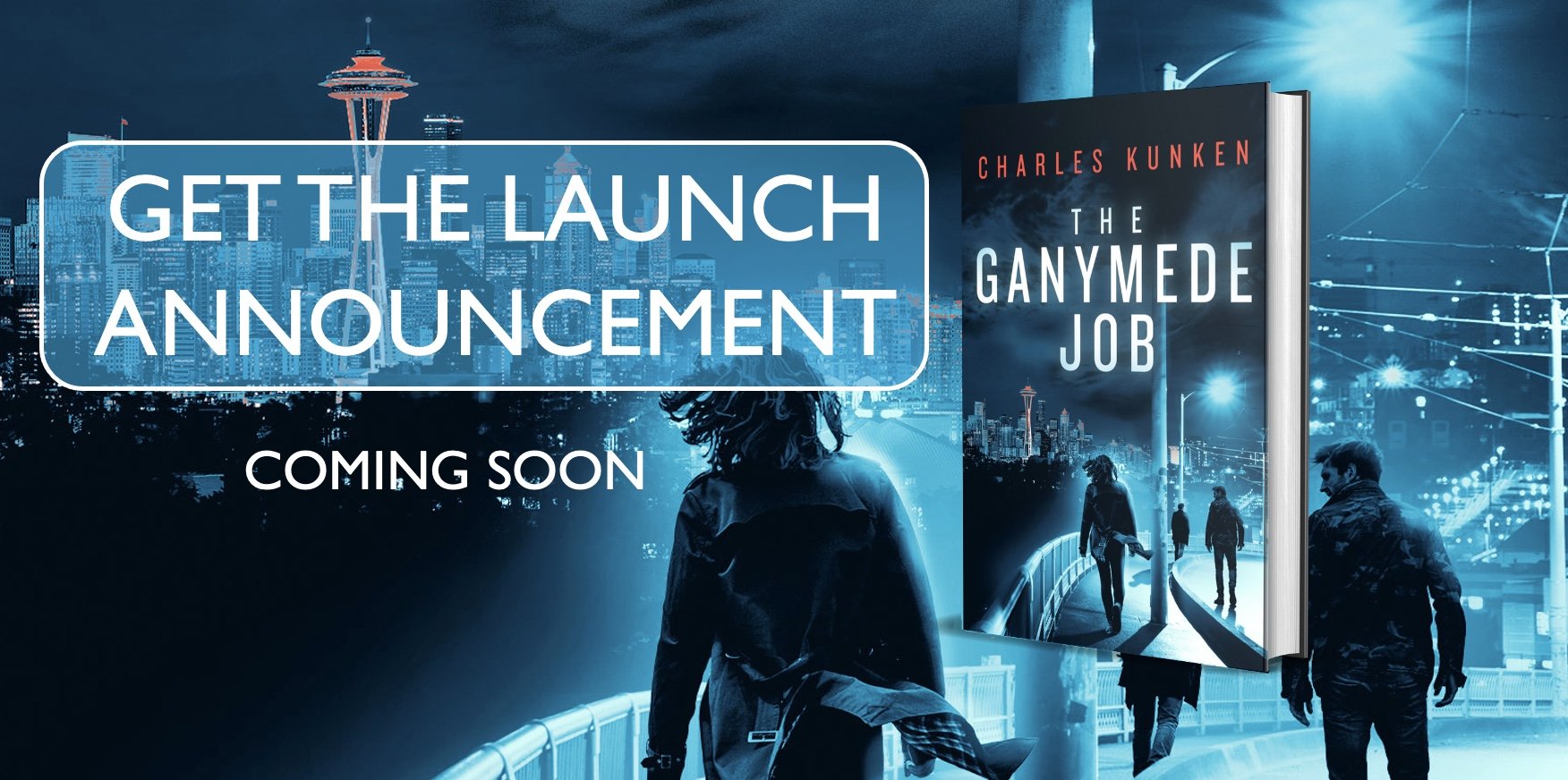


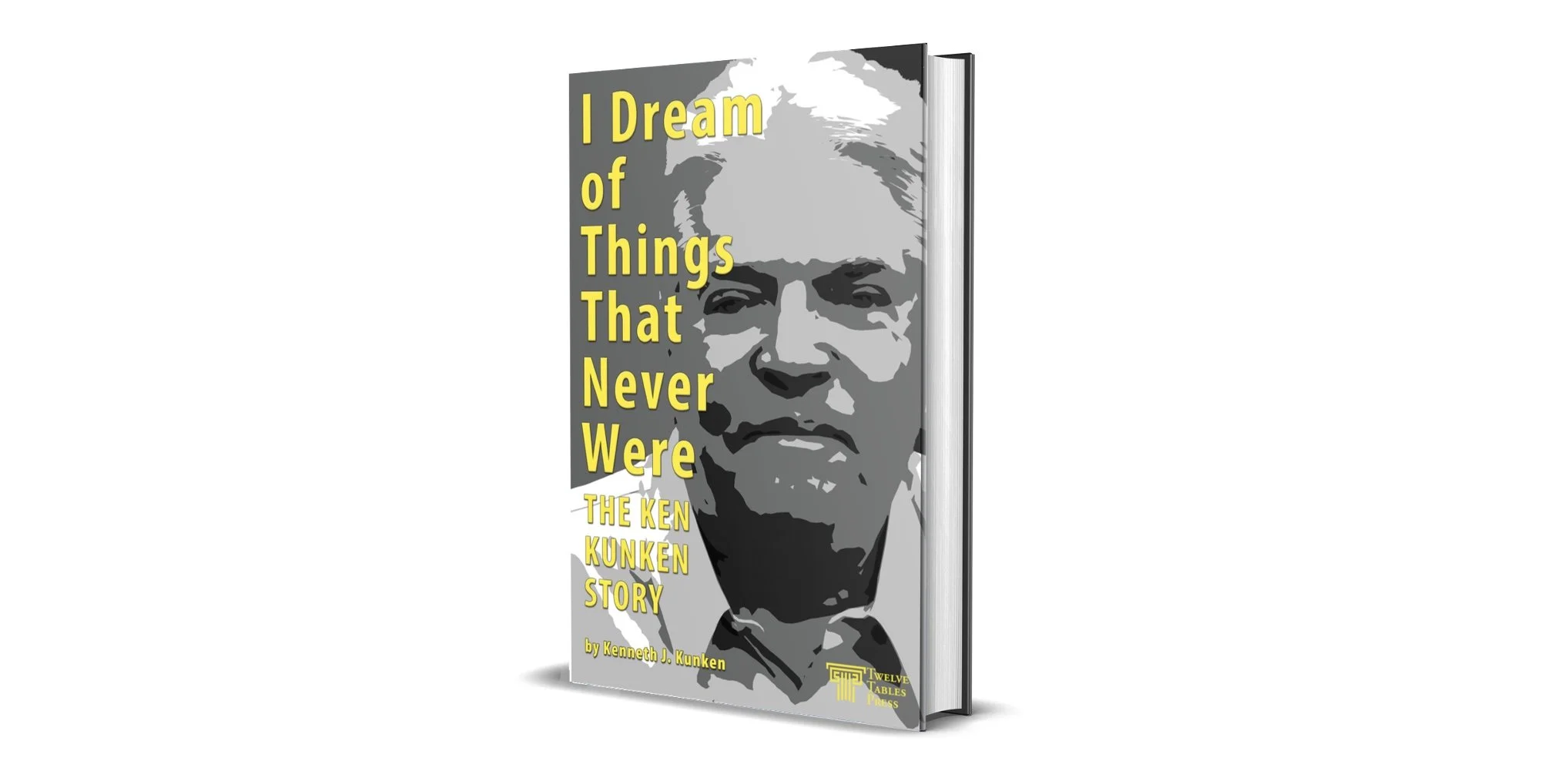
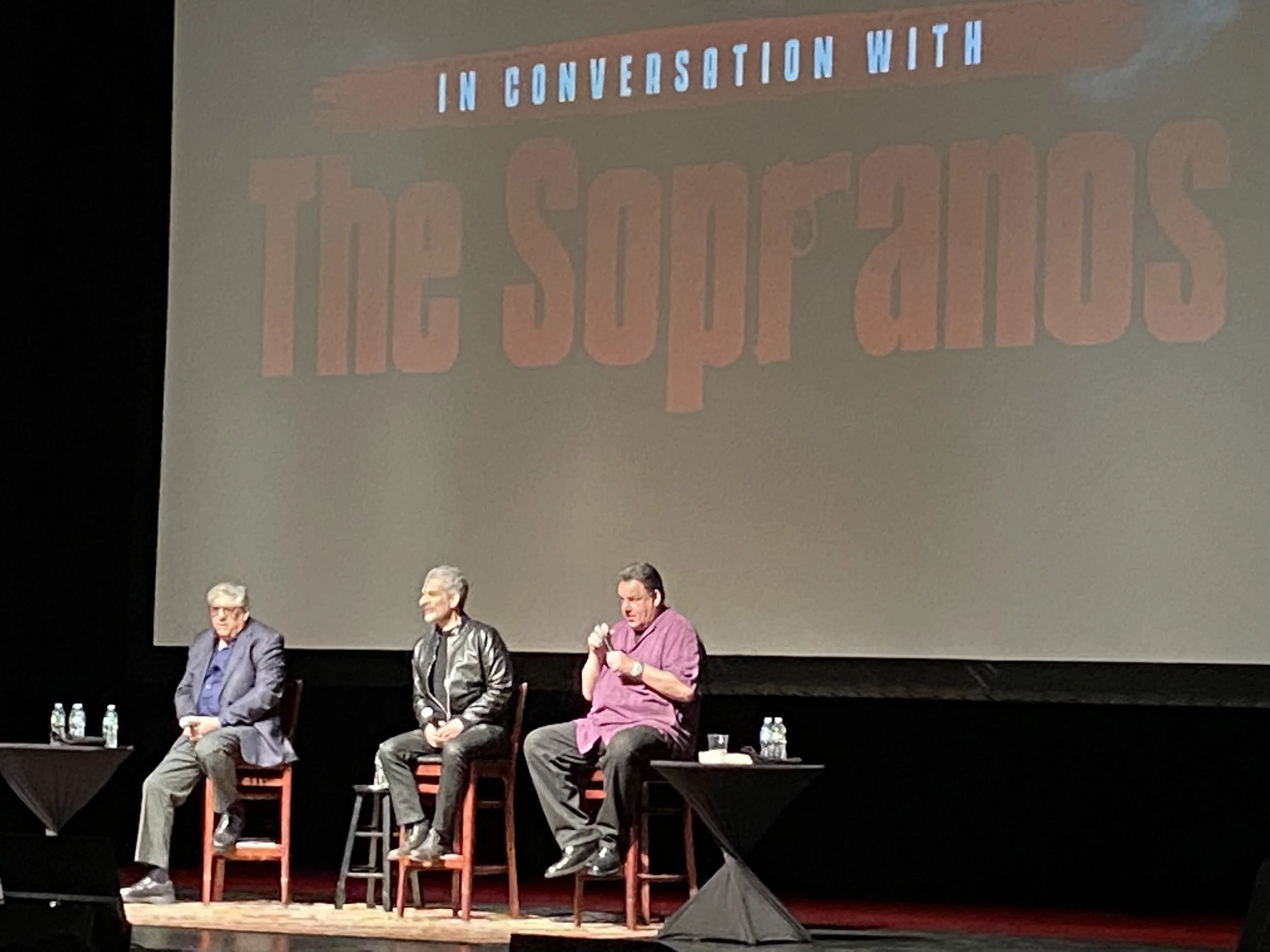


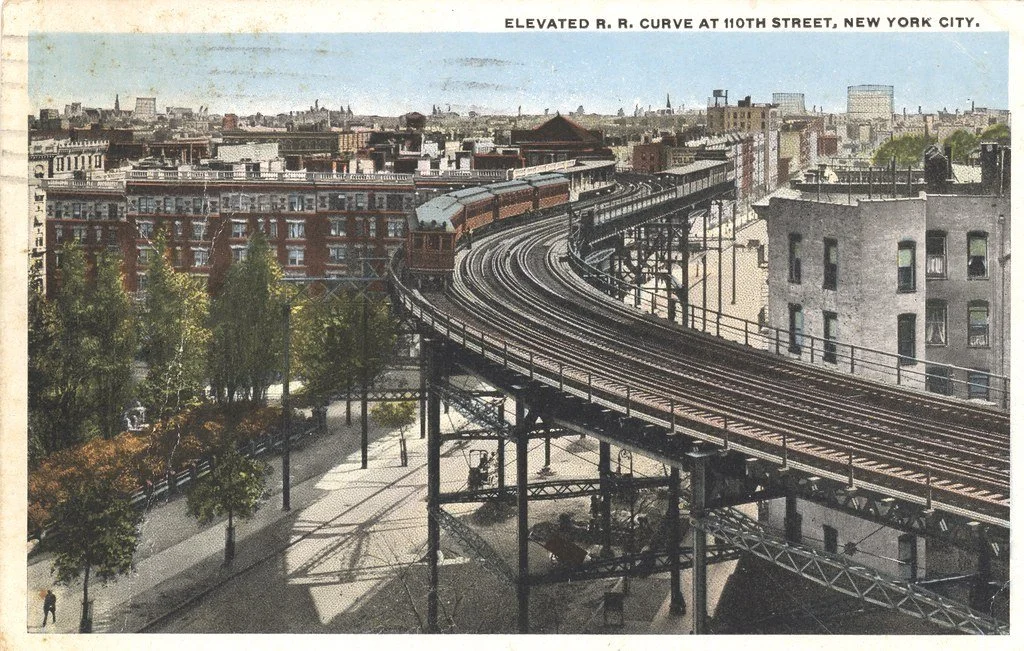

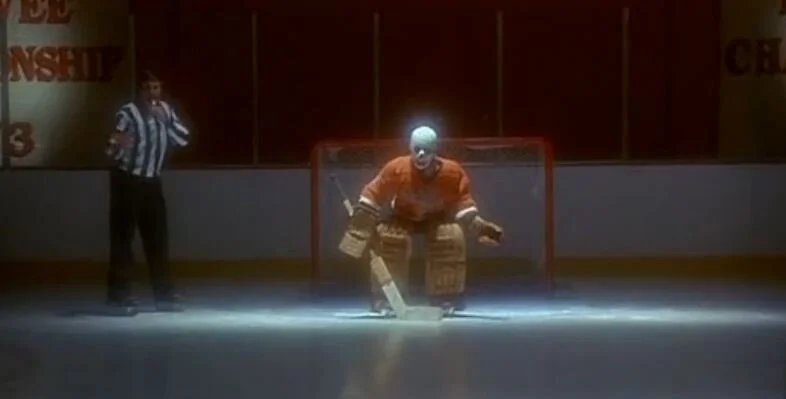
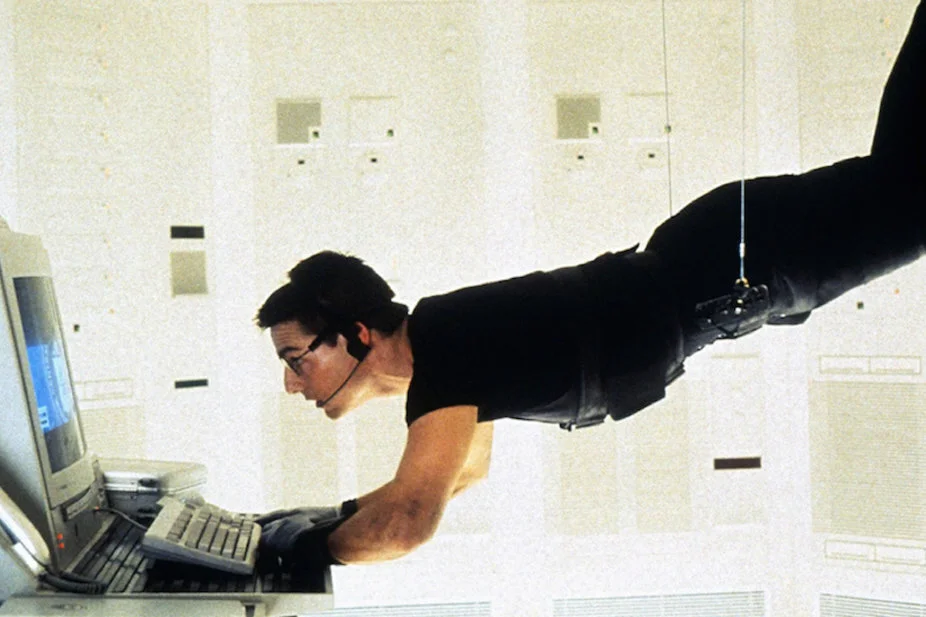
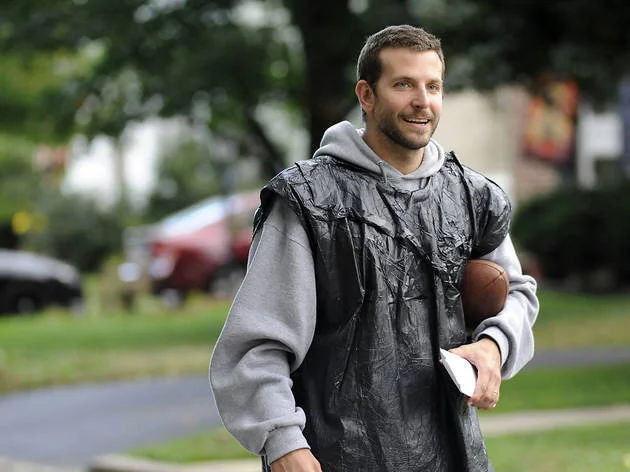
Please judge.